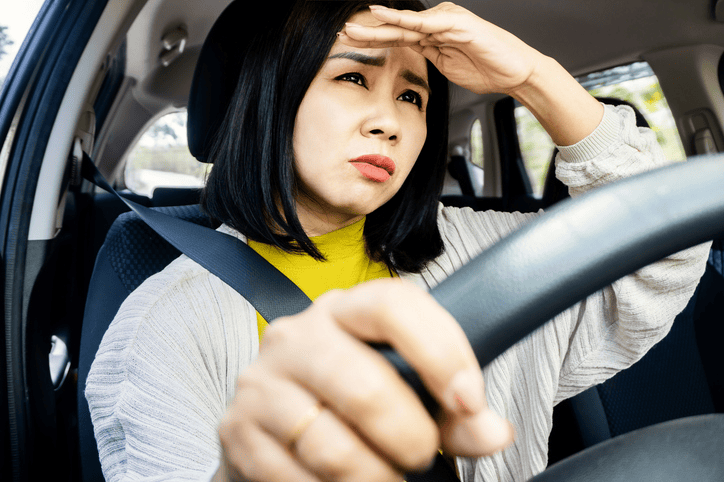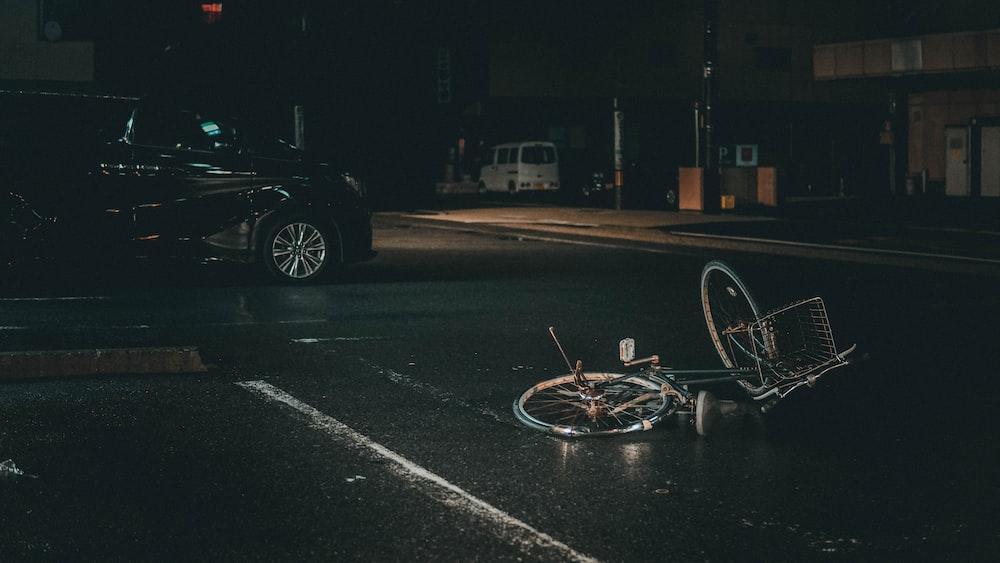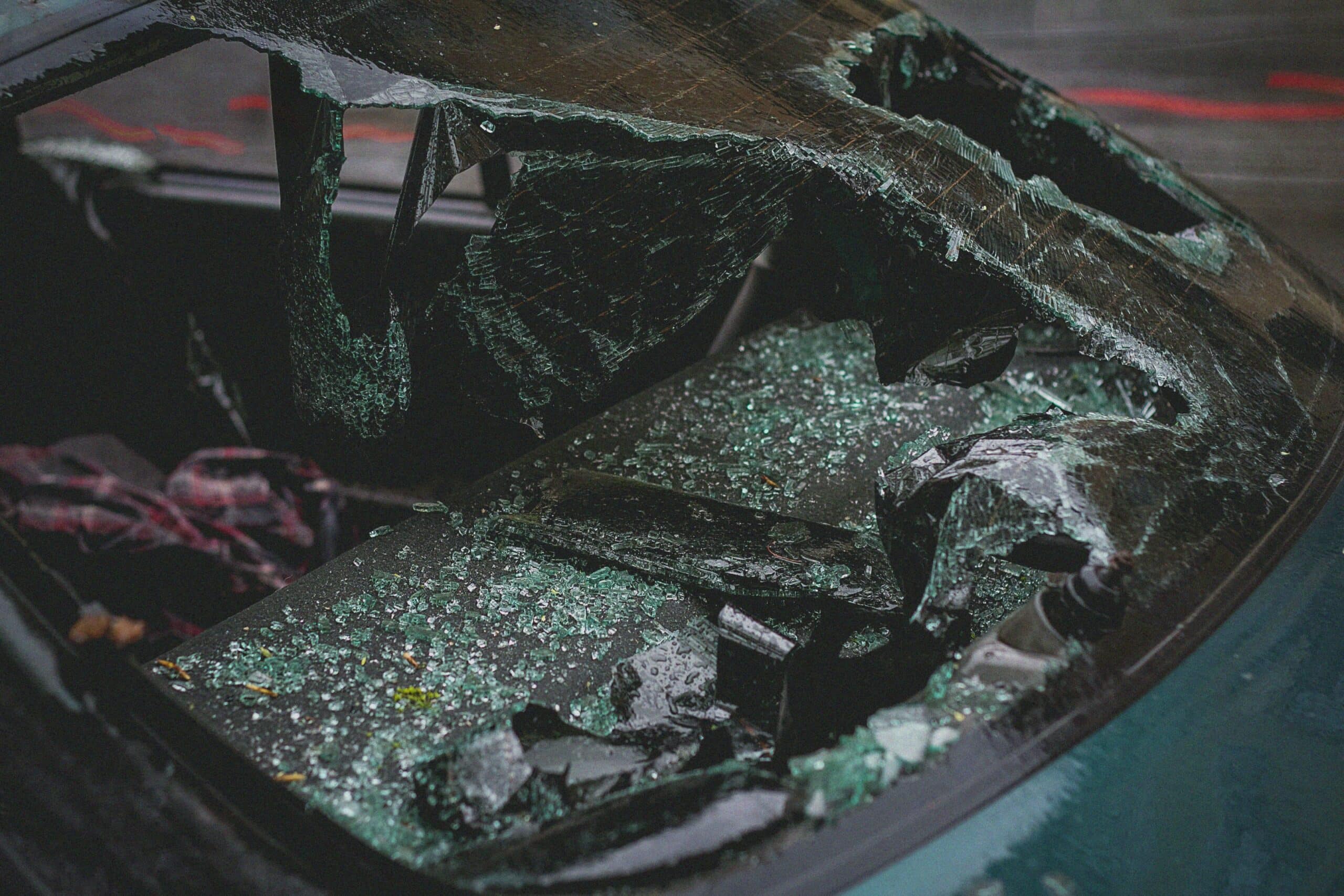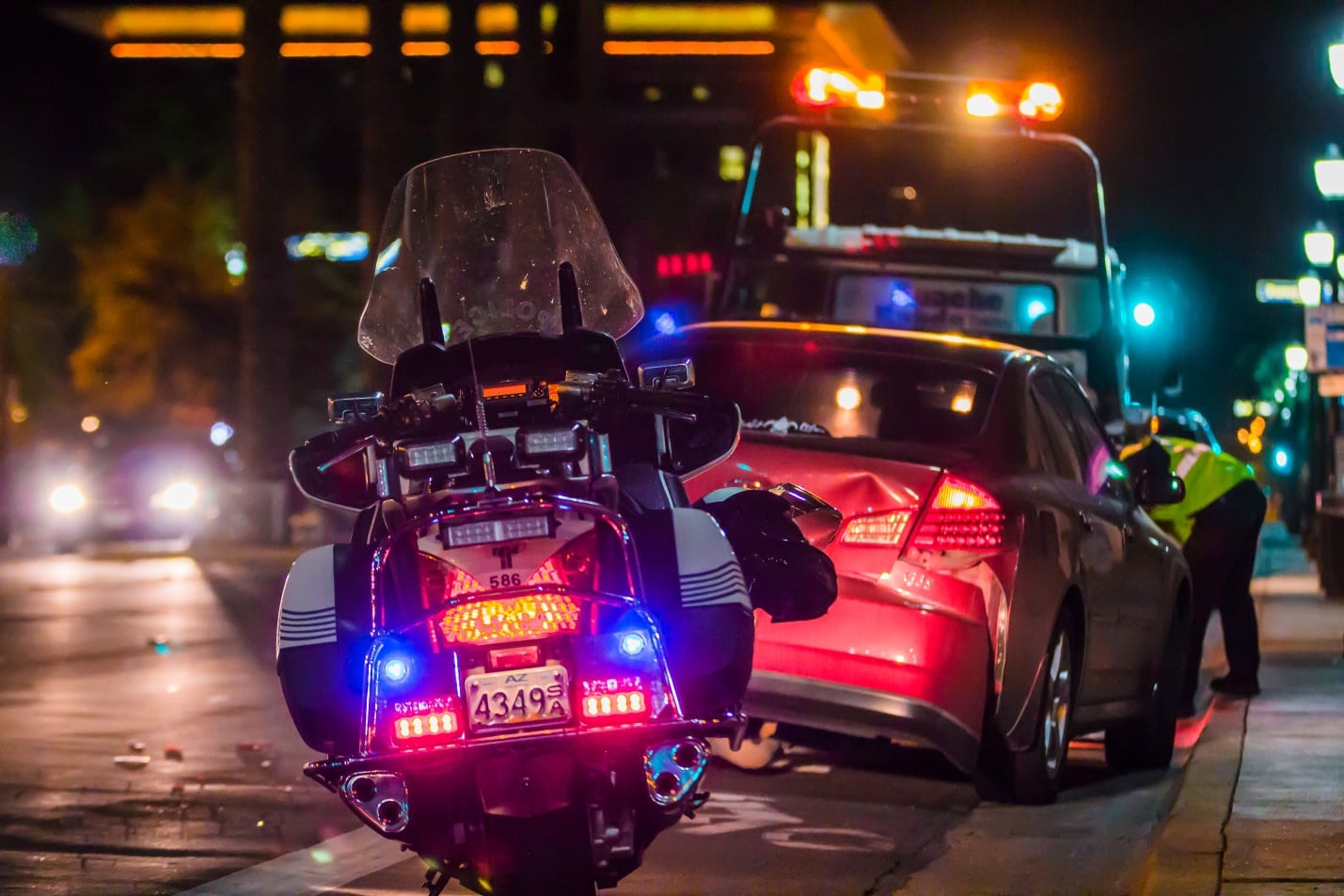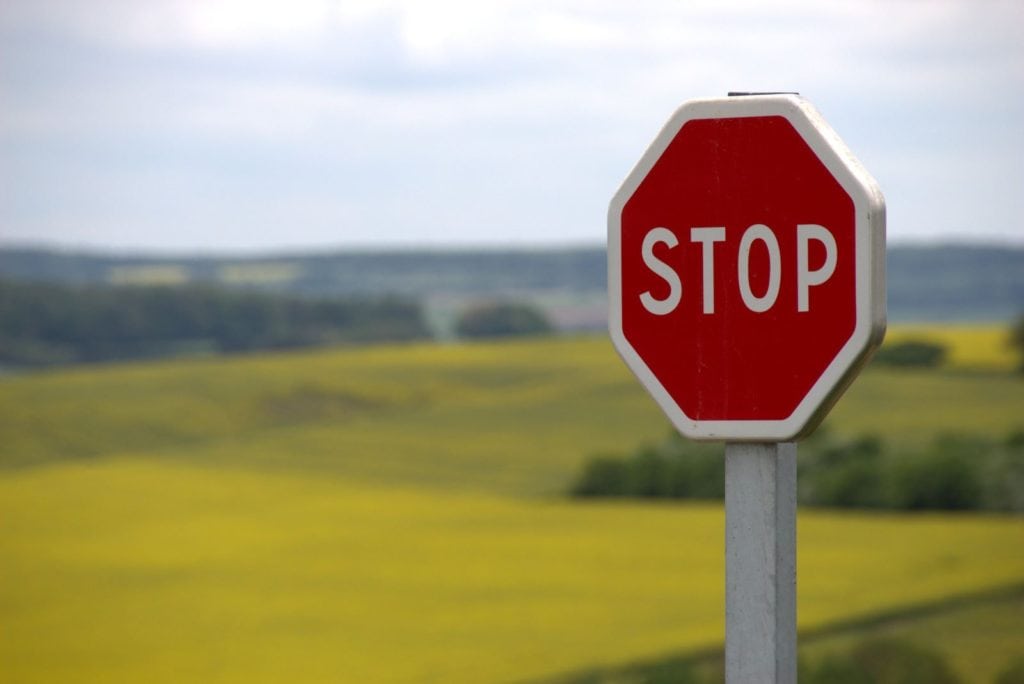
Stop signs, those small red octagonal symbols on the road, wield immense power in traffic control. Yet, despite their unmistakable significance, accidents at such stop sign intersections happen all too frequently. If you find yourself in the disorienting aftermath of a stop sign car crash in Nevada, you need to understand fault and the legal avenues available. Let’s unravel the complexities together.
Who Bears Responsibility at a Stop Sign?
You might assume that stop signs make fault determination straightforward. After all, whoever runs a stop sign is at fault, right? Well, it’s not always that simple. Determining fault in a stop sign car accident involves evaluating many factors.
Right of Way Dynamics
While it’s commonly understood that the first vehicle to reach the stop sign proceeds first, the situation becomes complicated when more than two cars arrive simultaneously. In such cases, the general rule is that the vehicle on the right gains the right of way. But this principle doesn’t mean that yielding isn’t necessary. Safety always comes first. Even if you have the right of way, you must exercise caution to prevent accidents.
Identifying Negligence and Stop Sign Violations
A fault isn’t solely determined by a driver blatantly running a stop sign. Negligence includes various actions, such as failing to make a complete stop or engaging in distracted driving—such as using a cell phone—at the intersection. Ignoring traffic rules by speeding through a stop sign is a clear violation and is also considered negligence, which can shift fault in a serious accident.
Accident Scene Reconstruction
Gathering evidence from the accident scene is vital for a car accident claim. Photographs, witness statements, and physical evidence can help reconstruct the sequence of events leading to the collision. This evidence can corroborate or challenge initial assumptions about the fault.
Police Reports and Legal Documentation
Official police reports hold significant weight in fault determination. With such reports from a police officer, you can have an impartial perspective on the accident, which can influence how fault is assigned. Additionally, preserving all legal documentation, including medical records and insurance communications, also helps support your case.
Contributory Negligence
Nevada follows a comparative negligence system, which means fault can be distributed among multiple parties. Even if you believe you might have contributed to the accident, it doesn’t necessarily absolve others involved. Legal experts can help navigate these complexities.
Understanding the Legal Avenues in Nevada
In Nevada, when planning what to do after a stop sign collision, you should know that you have legal pathways, which can help compensate for damages incurred.
Insurance Claims
Initiating an insurance claim often serves as the primary recourse after a stop-sign collision. Your insurance company intervenes to cover the car damage based on your policy and the determined fault. However, navigating insurance claims, particularly when attributing fault, can be intricate.
Insurance companies scrutinize claims thoroughly, especially to prove fault. Even if you believe the fault lies with the other party, insurers might contest or dispute these assertions, which can impact the compensation you’re entitled to. That’s why you should think about having a legal expert by your side during these negotiations. They ensure that your rights are protected and that you receive fair treatment from the insurance company.
Personal Injury Lawsuits
In cases of severe or significant impact stop sign accidents, pursuing a personal injury claim might become necessary. These legal actions can help you seek compensation beyond what insurance covers. They encompass various aspects, including:
Medical Expenses: Covering current and future medical bills resulting from injuries sustained in the car crash.
Lost Wages: Compensation for income lost due to injuries, hospitalization, or rehabilitation affecting your ability to work.
Pain and Suffering: Seeking compensation for the physical pain, emotional distress, and disruption to your quality of life caused by the accident.
Personal injury lawsuits hold the at-fault party accountable for their actions. They go beyond insurance coverage to make sure that you receive fair compensation for all damages, including non-economic ones like pain and suffering.
Seeking Timely Legal Counsel
You might not know how to navigate the aftermath of a stop sign accident, which can become overwhelming. We get it! That’s why, in such situations, seeking timely legal counsel is not just advisable; it’s pivotal. A knowledgeable car accident lawyer can guide you through the legal intricacies, ensuring your rights are protected and that you receive the compensation you deserve.
Why Should You Hire a Car Accident Lawyer?
The legal landscape surrounding car accidents, especially those involving stop signs, is complex. A seasoned car accident lawyer understands Nevada’s traffic laws, insurance intricacies, and the nuances of fault determination. Their expertise can guide you through the complexities of the legal process.
Protection of Your Rights
Without legal representation, you may inadvertently make statements or decisions that could impact the outcome of your case. A knowledgeable lawyer acts as your advocate, making sure that your rights are protected at every step. They are involved in conversations with insurance companies, law enforcement, and other involved parties on your behalf.
Evaluation of Legal Options
Each stop sign accident is unique, and the circumstances surrounding it require careful examination. A car accident lawyer evaluates the specifics of your case, considering factors such as right of way, negligence, and accident scene details. Based on this evaluation, they can advise you on the best course of action tailored to your situation.
Key Steps After a Stop Sign Collision
Medical Attention: Prioritizing your health is paramount. Even if your injuries seem minor, you must seek immediate medical attention. Apart from that, document injuries to help you in both future medical bills and potential personal injury claims. A comprehensive medical record strengthens your case.
Gather Evidence: If conditions allow, document the accident scene. Take clear and detailed pictures, exchange information with the other driver(s), and gather contact details from any eyewitnesses. This evidence can be invaluable in reconstructing the events leading to the accident and determining fault.
Contact Law Enforcement: Promptly report the accident to the police. Their involvement not only ensures the safety of all parties involved but also results in an official accident report. These reports are critical evidence in determining fault, providing an unbiased account of the incident.
Legal Consultation: Reach out to a reputable law firm experienced in handling car accidents, particularly those involving stop signs. During the legal consultation, the attorney will assess the details of your case, taking into account the gathered evidence and the police report. They provide insight into the strength of your case, potential legal avenues, and the steps to take moving forward.
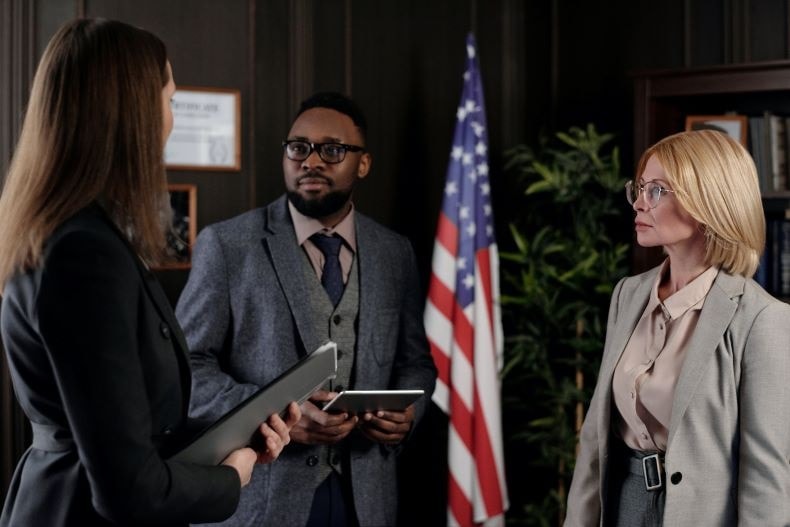
Empower Yourself with Legal Support from BLG
Stop sign accidents can disrupt your life. From severe injuries to property damage and the upheaval of your normal routine, the aftermath can be daunting. Pursuing compensation is your right, and legal experts can guide you toward a fair settlement.
At BLG, we understand the complexities surrounding stop sign accidents in Nevada. Our experienced attorneys specialize in advocating for individuals like you. We prioritize your case, providing unwavering support to navigate the legal process.
Contact us today for a free consultation. Our team stands ready to assess your situation and guide you toward the compensation you deserve. Don’t let the aftermath of a stop sign collision overwhelm you—let us help you regain control.
FAQs
Q. Who is typically at fault in a stop sign accident?
A. Fault determination varies based on the circumstances. It’s not always the driver who runs the stop sign; factors like the right of way, violations, and negligence play crucial roles.
Q. What if both drivers claim they had the right of way at the stop sign?
A. When there’s a dispute about the right of way, witness statements, physical evidence, and police reports become instrumental in establishing the sequence of events.
Q. Can I still file a claim if I partially contributed to the accident by not fully stopping at the sign?
A. Nevada follows a comparative negligence system, allowing claims even if you share some fault. Your compensation may be reduced based on your level of contribution to the accident.
Q. What should I do if the other driver admits fault at the stop sign, but their insurance company disputes it?
A. Admissions at the scene might not always align with insurance claims. Collect evidence, including witness statements and the police report, to support your claim if the other party’s insurance disputes fault.
Q. Does a stop sign violation automatically make the driver at fault?
A. While running a stop sign can heavily influence fault determination, other contributing factors are also considered. The violation itself doesn’t always guarantee full fault.
Q. Is it necessary to contact the police if the accident seems minor at a stop sign?
A. Reporting even seemingly minor accidents is advisable. Police reports provide an official record, often crucial in fault determination and insurance claims.
Q. What if the stop sign was obstructed or not visible?
A. Obstructed stop signs can complicate fault determination. Evidence of poor visibility or obstruction could impact the attribution of fault.
